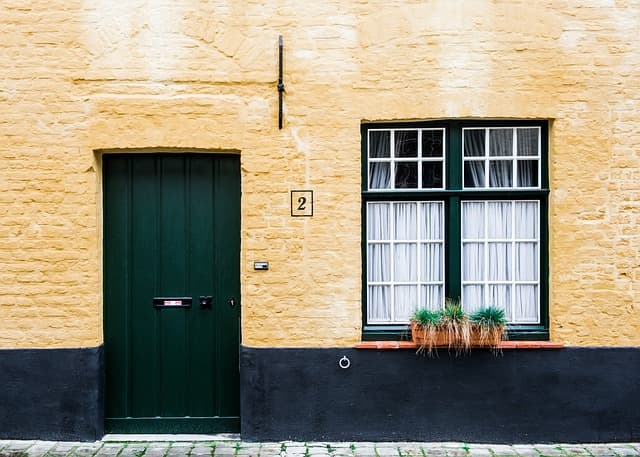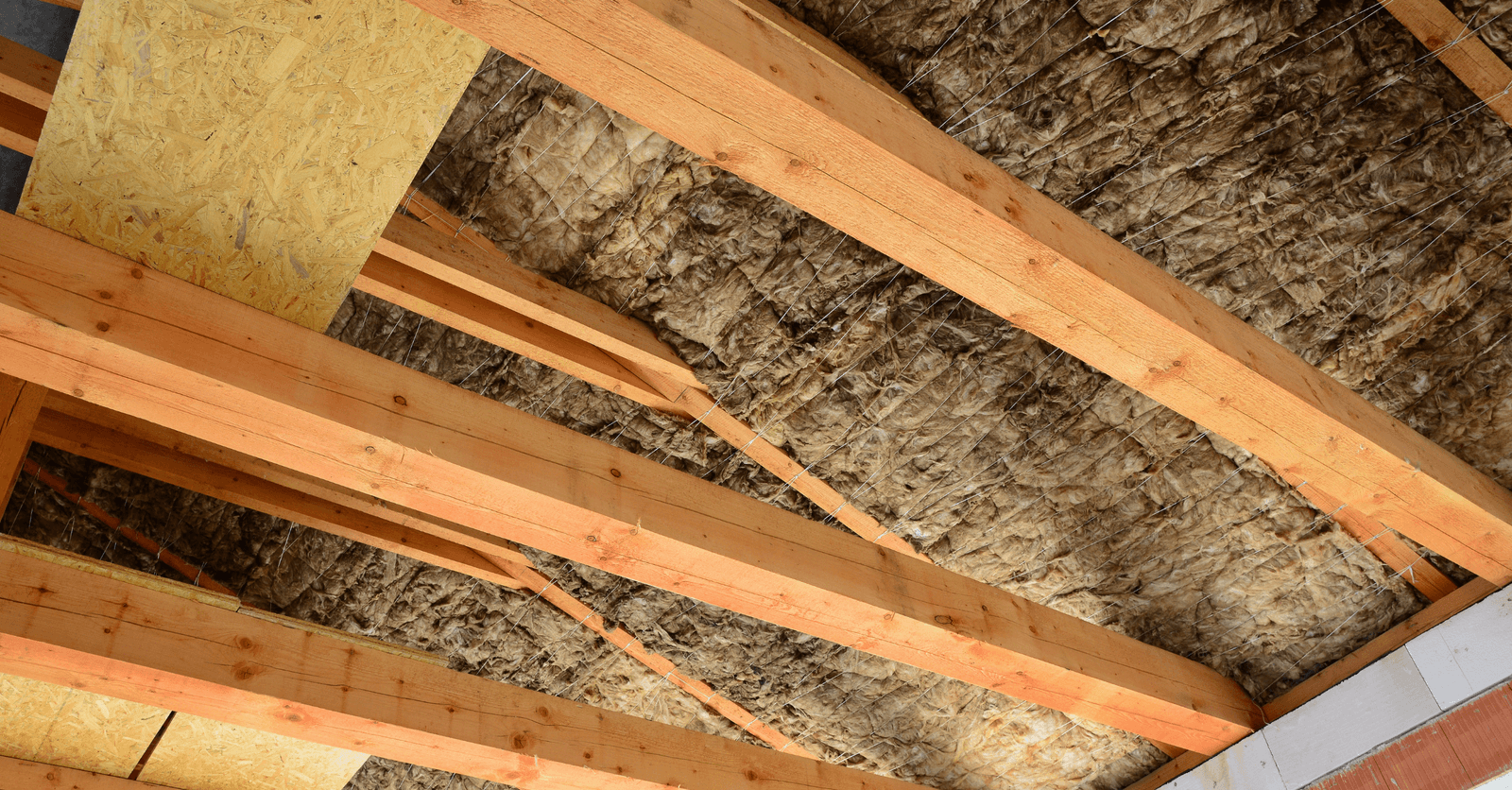What You Need to Know About Natural Insulation Materials
By Léa Plourde-Archer
Updated on April 17, 2024

In today’s climate, plenty of homeowners are looking for ways to directly deal with their carbon footprint and the lasting effects on the environment.
Working with green-friendly materials in all facets of your home can have a direct impact, and so the conscious homeowner should be thinking about ways to incorporate these things into the home. If this is you, then let’s begin with the basics and discuss natural insulation.
Most thermal insulation products are synthetic. However, there are plenty of natural alternatives on the market that are just as efficient, in addition to being environmentally-friendly and better for your health. The following overview will help you consider options on the market and the ones that are right for your home!
Here are 5 natural insulation materials

Photo: Unsplash
Why is insulation important?
Heat moves around your home in various directions, and two main factors affect the way that it’s dispersed. First, a difference in temperature works to drive heat from one place to another. The second factor that affects how air moves around the inside of your home is density. During winter months, warm air has a lower density and will, therefore, move outdoors where the air is colder and thus, with a higher density. In the alternative ways, during summer months the warm, low-density air moves to the interior of the home, while that coveted cool air leaks outside.
Now, with all this in mind, we can begin to understand the purpose of insulation. Insulation is in place to deal with the movement of air and works to keep the air you need in the right place at the right time. Insulation is necessary for places where the air will escape from and this includes the walls, floors, roof and ceiling. Insulation is exceptionally important when it comes to your home’s energy efficiency. Therefore, if your home isn’t properly insulated, you’re using more energy which is not only bad for the environment but is also detrimental to your bills.
Now that we have a better idea of how insulation works, let’s look at some energy-efficient options!
Cellulose insulation
Cellulose is made using undistributed recycled newspapers as well as other types of recycled paper. If this paper is simply left in a landfill, it releases harmful greenhouse gases. Thus, using it for insulation is excellent in more than one way. There are three main forms of cellulose, and these are blown-in, sprayed and panel-shaped. As with most insulations, this material can be used in walls, floors, roofs or ceilings, and it is easily accessible across Canada.
Cellulose is exceptionally affordable. However, it should be mentioned that it can be quite difficult to install. Moreover, since this material is sensitive to humidity, it will be necessary to install a vapour barrier and an air barrier. This material has an R-value (which determines its insulation performance level) of 3.6 per inch, which means that it is a good thermal insulation product. Once it has been treated, it is resistant to flames, mould as well as corrosion. It also has good soundproofing properties, so it’s perfect for apartment living!
This natural insulation material is environmentally-friendly because it is biodegradable, abundant, recycled and recyclable. There are no known health risks associated with cellulose, except during the installation process, so do be safe if taking the job on yourself.
Hemp insulation
Hemp is sold as an insulation material in the form of panels, mattresses, or loose. It is also used to make hemp concrete or hemp mortar. This material is used to insulate exterior walls, roofs, floors and partitions. It is readily available across Canada and can be found at fairly affordable prices.
Hemp products are very efficient, as on average, they have an R-value of 3.7 per inch. They are naturally resistant to bacteria, insects and fungus. They can be treated to be fireproof and they also have good soundproofing properties. This plant does not require fertilizer or pesticides and its transformation process consumes very little energy, another bonus when it comes to being environmentally-friendly. Moreover, there are no health risks associated with hemp insulation products, so its safe for those with sensitivities and allergies.
Straw insulation

Photo: Pixabay
Straw is known to have several insulating properties. It is available in the form of bales or straw walls. However, it should be noted that this material is mostly used for insulating exterior walls. Straw is available throughout Canada and is fairly affordable. On average, it has an insulation value of R2 per inch, if the thickness of the product that has been installed is adequate.
Moreover, this material is extremely fire-resistant. The clay that is used for manufacturing straw-based insulation products makes it less sensitive to humidity. However, your house will have to be adapted for straw insulation and the installation process is complicated. This natural insulation product is environmentally-friendly and is completely safe for the health of the house’s occupants.
Cotton insulation
Cotton-based natural insulation products are made with both recycled fabric and polyester fibre. They are available in the form of braids or panels and are generally reserved for wall insulation. This material is cost-effective as well as being simple to install. Cotton-based insulation is available throughout Canada. Cotton-based products have a good R-Value (on average 3.8 per inch). When treated, these materials are fire-resistant as well as having good soundproofing properties.
However, it’s worth noting that cotton-based products are sensitive to humidity, which means that you’ll have to install an air barrier and a vapour barrier. It should also be noted that some products used to treat these materials can be toxic. Although its transportation requires energy, it’s derived from recycled materials and is therefore very ecological.
Cork insulation
Cork is made from the bark of the cork oak tree and is natural as well as being renewable. Once it has been produced, this material has a negative carbon footprint. There are three main forms of cork insulation products and these are cork plate, granulated cork or loose cork. This material is used to insulate walls, partitions and floors.
As with most of the other materials, it’s widely available throughout Canada at reasonable prices and is fairly easy to install. The R-value of cork is 3.7 (on average), and cork has an exceptional lifespan. It is resistant to water, fire, insects and rodents, also working well for soundproofing. There are no known health risks related to cork, so it’s safe to use inside the home!
Get 3 renovation quotes for your home insulation project
RenoQuotes.com can help you get 3 quotes for your insulation project. If you submit your project to us, we’ll put you in contact with the best-qualified contractors in our network. Fill in the form on the homepage (it only takes a few minutes), and you will receive quotes from companies that are specialized in home renovations and insulation products.
Dial 1-844 828-1588 to speak with one of our customer service representatives.
Looking for something else?
Related articles
The latest industry news, interviews, technologies, and resources.

Editorial Team
•07 Nov 2023
There are two main reasons why homeowners opt to insulate the walls of their homes from the outside: energy savings and optimized comfort for residents. By being far more effective than interior insulation, exterior insulation will allow you to save space and, in the process, renew the exterior facade of your home.

Editorial Team
•07 Nov 2023
Insulation is a key step during the building or renovation process of a house. Nowadays, environmentally-friendly insulation materials have become essential elements, working to ensure the thermal comfort of a building’s occupants whilst saving energy alongside the environment.

Léa Plourde-Archer
•13 Aug 2024
There are many reasons you may be interested in installing a floating floor. Whether it’s because you’re working with a concrete subfloor or you’re looking for the best solution for your current flooring, floating floors have become a popular choice for many.

Paul Riopel
•22 May 2024
Entering the world of subcontracting in Ontario? This article will walk you through the essentials - from gaining relevant work experience, understanding the legalities such as employment status and taxes, to navigating the job market.

Editorial Team
•20 Dec 2023
Are you envisioning a big, picture window, yet know that double-glazed windows lose heat tenfold compared to walls? What if we said that with technological breakthroughs, there might be a way to design your dream home with the window game of your choosing without compromising on comfort?